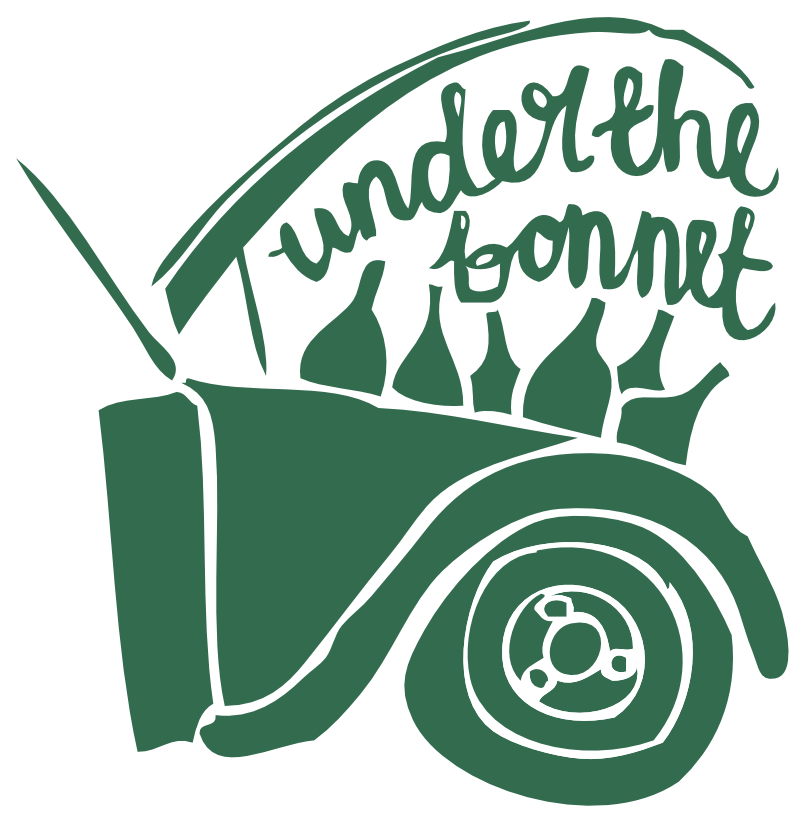BRAND BROS & BAUMBERGER
At the end of December we received a message from Daniel & Jonas telling us excitedly about their new creation - inspired by their partners Pauline & Melanie becoming mothers and in collaboration with Pauline, her brother Carl & their Baumberger family - Freija is the first edition of their new alcohol-free sparkling!
Experimenting and tasting a lot over the last two years whilst both Melanie & Pauline were pregnant and on the search for something delicious to drink, they hoped to use their organic, regenerative agriculture and zero-additions approach in the cellar to create a drink without alcohol that didn't sacrifice on flavour and complexity, or compromise their philosophy. With a huge focus on agroforestry in both families' vineyards, Freija lends an outlet to the literal fruits of these labours, and acts as another talking point around production and consumption.
Freija No.1 is a complex & wild sparkling, consisting of herbal teas made with foraged ingredients from both the Baumberger and Brand family vineyards, their own grapes and fruit, lacto-fermented, blended and carbonated. The ingredient list is short, and completely natural - a sight you rarely see on many no-alcohol alternatives.
It's properly delicious, and we're so pleased to have it available on the list now.























